yazaninshewat
New member
I own a Rode M1 dynamic microphone which I wish to use for home recording. As it doesn't need phantom power I first tried using an analog/digital xlr to usb interface (CITRONIC Citronic Female XLR To USB Adaptor Interface vinyl at Juno Records) which worked but the signal was way too low and very noisy.
After researching I realized that I need a preamp to boost the signal and a way to hook the preamp to my computer. I found an old mixer at my place that I wish to use for recording and although it's giving me a very good signal with about 75% gain, I can't seem to get the sound out of it.
It has an AUX port at the back and I tried plugging it into my amplifier but no sound came out and I tried plugging it into my computer using a quarter inch to 3.5mm cable but also no sound came out. It has a line in and line out ports which I don't know what they mean but they were covered with a plug (see picture below) and when I removed the plug nothing came up on the output level meter.
How can I plug it into my computer for recording my microphone?
The mixer is called a public address amplifier/mixer.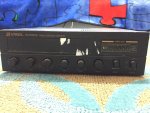
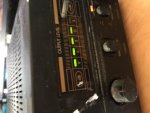
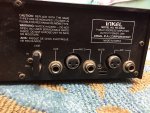
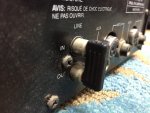
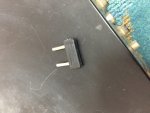
After researching I realized that I need a preamp to boost the signal and a way to hook the preamp to my computer. I found an old mixer at my place that I wish to use for recording and although it's giving me a very good signal with about 75% gain, I can't seem to get the sound out of it.
It has an AUX port at the back and I tried plugging it into my amplifier but no sound came out and I tried plugging it into my computer using a quarter inch to 3.5mm cable but also no sound came out. It has a line in and line out ports which I don't know what they mean but they were covered with a plug (see picture below) and when I removed the plug nothing came up on the output level meter.
How can I plug it into my computer for recording my microphone?
The mixer is called a public address amplifier/mixer.







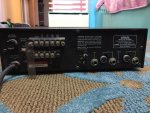
 ). There's not much harm to come from trying.
). There's not much harm to come from trying. 
